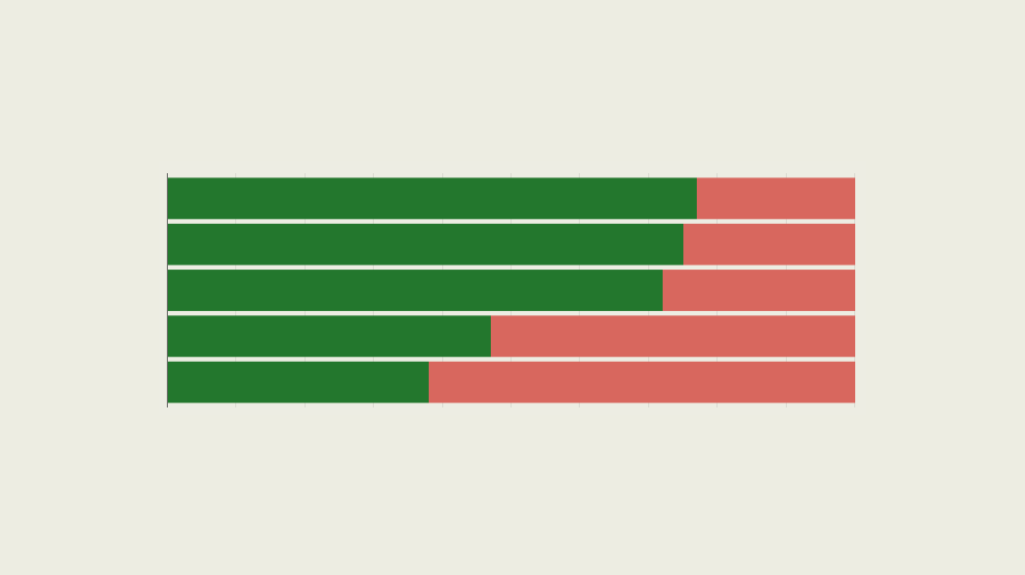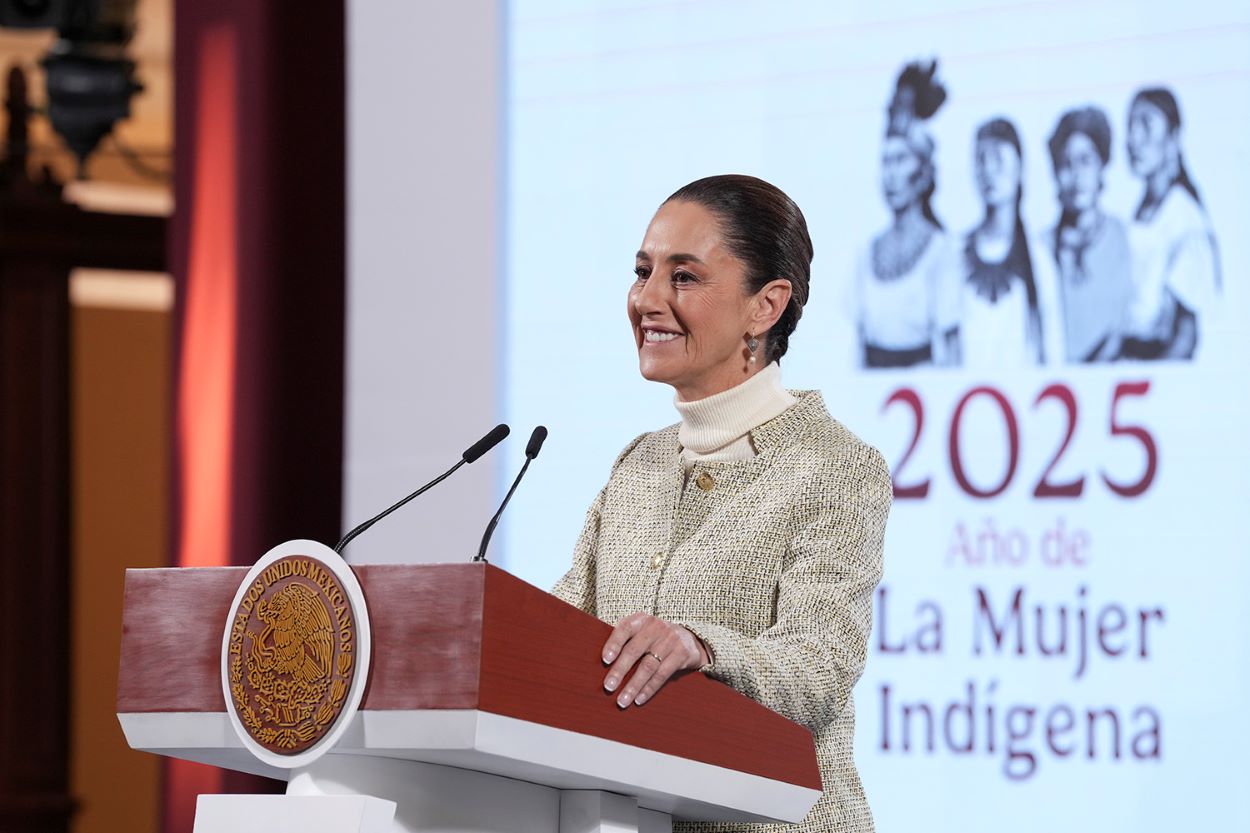Health Care in the Americas: Public-Private Efforts to Increase Access
Health Care in the Americas: Public-Private Efforts to Increase Access
Mexico's former health secretary delivered opening remarks before a panel exploring issues ranging from the Latin American health reforms and the role of technology in expanding access.
Welcoming Remarks:
- Susan Segal, President and CEO, Americas Society and Council of the Americas
Keynote Opening Remarks:
- Julio Frenk, Dean, Harvard School of Public Health; former Secretary of Health, Mexico
Roundtable Conclusions
- Jason Marczak, Director of Policy, Americas Society and Council of the Americas
Panel: Public-Private Points of Collaboration
- Gabriel Carrasquilla, Director, Center for Health Care Research Studies, Fundación Santa Fé de Bogotá
- Walter Curioso, Specialist in Biomedics and Health Informatics, Universidad Peruana Cayetano Heredia
- David Sharpe, Head of Products and Pricing, Digicel Haiti
- Susan Silbermann, Regional President, Latin America, Emerging Markets Business Unit, Pfizer, Inc.
- Moderator: Christopher Sabatini, Senior Director of Policy, Americas Society/ Council of the Americas
Summary
As part of AS/COA’s Ford Foundation-supported work on social inclusion in the Americas, the program looked at public and private sector efforts to expand access to health care for marginalized populations. Julio Frenk of the Harvard School of Public Health opened discussion with a case study of Mexico’s process of health-system reform. The overhaul he led as Mexico’s health secretary established a social protection system, devised a package of explicit guaranteed benefits, and increased public health expenditure by 1 percent of GDP to 7 percent. Its most well known component was a comprehensive national health insurance program called Seguro Popular, which was designed to expand access to health care for 50 million uninsured Mexicans—half of the country’s population—over seven years. At the six-year mark today, 42 million people have been enrolled.
The “ABCDEs” of reform
Reflecting on the lessons of Seguro Popular, Frenk offered the “ABCDEs” of successful reform: A) Link health to the broader agenda of development and security; B) Create a budget for greater inclusion; C) Build capacity for delivery of services and evidence-based policy making; D) Focus on specific, attainable deliverables; and E) Formulate policies that reflect global evidence of what works. He also discussed the need to address the region’s rising threat of chronic non-communicable diseases (NCDs), such as diabetes, hypertension, heart disease, and cancer, warning policy makers and other stakeholders not to see treatment of NCDs and of traditional burdens of disease as a zero-sum game.
Insurance necessary but not sufficient
Following Frenk’s introductory remarks, AS/COA’s Christopher Sabatini moderated a panel discussion with two regional experts on health care and two representatives from the private sector. The discussion revolved around such key questions as the importance of investing in the base of the pyramid, the challenges and successes of public and private sector practices, and the role of technology in bringing health care to excluded groups. There was general consensus that expanding insurance coverage and focusing on healthy lifestyles and prevention of disease are important first steps to increasing wellness throughout a population.
Nonetheless, some panelists expressed caution at immediately equating insurance coverage with greater health care access. Fundación Santa Fé de Bogotá’s Gabriel Carrasquilla acknowledged that Colombia’s passage of the health reform law (Ley 100) in 1993, which sought to enroll the majority of the population in one of two insurance regimes according to ability to pay, brought about significant changes. These include increased public health financing (now at 8 percent of GDP), expanded coverage (now at about 90 percent of the population), and an increasingly common perception among the public that health is a right, not a privilege. However, Carrasquilla also pointed out that “insurance doesn’t mean access to health services,” with economic, geographic, and attitudinal barriers still standing in the way. Additionally, the lack of empirical information about the effects of interventions preclude an evidence-based decision making process, while corruption and layers of intermediary actors funnel money away from the delivery of services.
The role of information and communications technology
Panelists also focused on the utility of information and communications technology in expanding access to health care. For example, Universidad Peruana Cayetano Heredia’s Walter Curioso described an initiative he is working on in partnership with Telefónica to provide pregnant women with free cell phones and SMS, whereby they can access health information. Digicel Haiti’s David Sharpe spoke about his company’s innovative use of cell phone data to track population migration following the January 2010 earthquake and during and after the cholera outbreak, which government ministries and NGOs could then incorporate into their aid strategies. He also described patient notification and customer education systems in which subscribers receive SMS messages with, for example, alerts about follow-up care. Sharpe emphasized that companies like his should act more as an enabler for third parties—such as the government or medical providers—to reach people in need of health services, rather than reaching them directly themselves through cell phones.
A third issue raised during the discussion was areas in which the public and private sectors can collaborate. Panelists seemed to agree that, while health care is a responsibility of the state, the public sector does not have to be the sole provider of services. Instead, its role may be more of inspection, surveillance, or regulation to ensure consistent quality of care and ward off abuse. For example, Susan Silberman pointed out that pharmaceutical companies can work with governments to fight counterfeit and reach wider audiences. Panelists also felt that more can be done in the area of information and communications technologies, whether by educating policy makers about the potential impact of mHealth and eHealth so they design policies promoting their use, by utilizing the data accrued through such applications in their provision of services, or by promoting collaboration across sectors.








